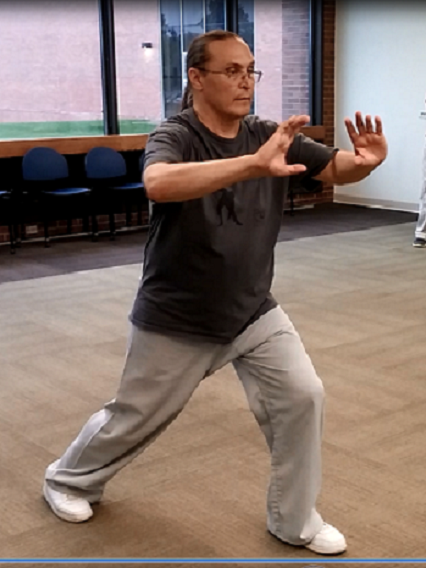What is Tai Chi?
Tai Chi is often described as “meditation in motion” but it might well be called “medication in motion”. There is growing evidence that this mind-body practice, which originated in China as a martial art, has value in treating or preventing many health problems.
Tai chi differs from other types of exercise in several respects. The movements are usually circular and never forced, the muscles are relaxed rather than tensed, the joints are not fully extended or bent, and connective tissues are not stretched. Tai chi can be easily adapted for anyone, from the most fit to people confined to wheelchairs or recovering from surgery.
The benefits of tai chi are generally greatest if you begin before you develop a chronic illness or functional limitations. Tai chi is very safe, and no fancy equipment is needed, so it’s easy to get started.
Although tai chi is slow and gentle and doesn’t leave you breathless, it addresses the key components of fitness — muscle strength, flexibility, balance, and, to a lesser degree, aerobic conditioning.
Here are 12 benefits of Tai Chi for seniors:
Relieves physical affects of stress
Promotes deep breathing
Reduces bone loss in menopausal women
Improves lower body and leg strength
Helps with arthritis pain
Reduces blood pressure
Requires mind and body integration through mental imagery
Accumulates energy by releasing endorphins rather than depleting it
Enhances mental capacity and concentration
Improves balance and stability by strengthening ankles and knees
Promotes faster recovery from strokes and heart attacks
Improves conditions of Alzheimer’s, Multiple Sclerosis, and Parkinson’s


